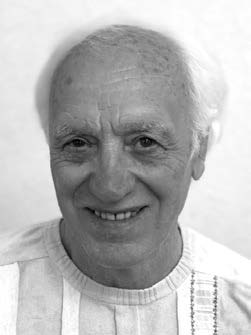MANIFESTATION OF THE MAXIMUM MOTOR POSSIBILITIES OF A HUMAN IN RUN IN THE SECOND PHASE OF ONTOGENESIS
Keywords:
motor abilities, human ontogeny, sports veterans, athletics, 100m run, 5000m run, elderly people.Abstract
Objective of the study was to identify the features of changes in the indicators of maximum motor capabilities in running among veterans who regularly go in for sports based on their personal achievements in the age range of 35–105 years.
Methods and structure of the study. Data from the IAAF Sheet World Athletics World Record for Veterans in the 100m and 5,000m dashes were used, reflecting the display of speed and endurance.
Results and conclusions. In the age range of 35–75 years, the indicators of the maximum values of motor abilities in running decrease according to a linear law, approximately by 6–9% for each age decade or by 0.6–0.9% annually. After the age of 75, the values of both maximum speed and endurance indicators begin to decrease much more intensively. In the range from 75 to 85 years, this decrease is from 12.1 to 27.9%. In the age range of 85-95 years, an even more intense decrease in maximum motor abilities is observed: 26.2-40.6%. After the age of 95, the amount of regressive development of motor abilities can exceed 5% per year. The obtained patterns of the dynamics of maximum motor abilities in running (maximum speed and endurance) reflect the general biological pattern of the regressive development of locomotor functions in the second phase of human ontogenesis.
References
Balsevich V.K. Ontokineziologiya cheloveka [Human ontokinesiology]. Moscow: Teoriya i praktika fizicheskoy kultury publ., 2000. 275 p.
Kryazhev V.D. Razvitiye, sokhraneniye i vosstanovleniye dvigatelnykh vozmozhnostey cheloveka [Development, preservation and restoration of human motor abilities]. Moscow: VNIIFK publ., 2002. 247 p.
En.wikipedia.org/wiki/List_of_world_records_in_masters_athletics#cite_note-1.
Mazzeo R.S., Cavanagh P., Evans, W.J., Fiatarone M., Hagberg J., McAuley E., & Startzell J. (1998). Exercise and physical activity for older adults. Medicine and Science in Sports and Exercise, 30(6), 992-1008. Available at: https://doi.org/10.1097/00005768-199806000-00033.
Paterson Donald & Jones, Gareth & Rice, Charles. (2007). Ageing and physical activity: Evidence to develop exercise recommendations for older adults. Canadian journal of public health. Revue canadienne de santé publique. 98 Suppl 2. S69-108. 10.1139/H07-111.
Teut Michael & Ortiz, Miriam. (2021). Integrative Medicine and Ageing. Complementary Medicine Research. 28. 1-4. 10.1159/000519159.


